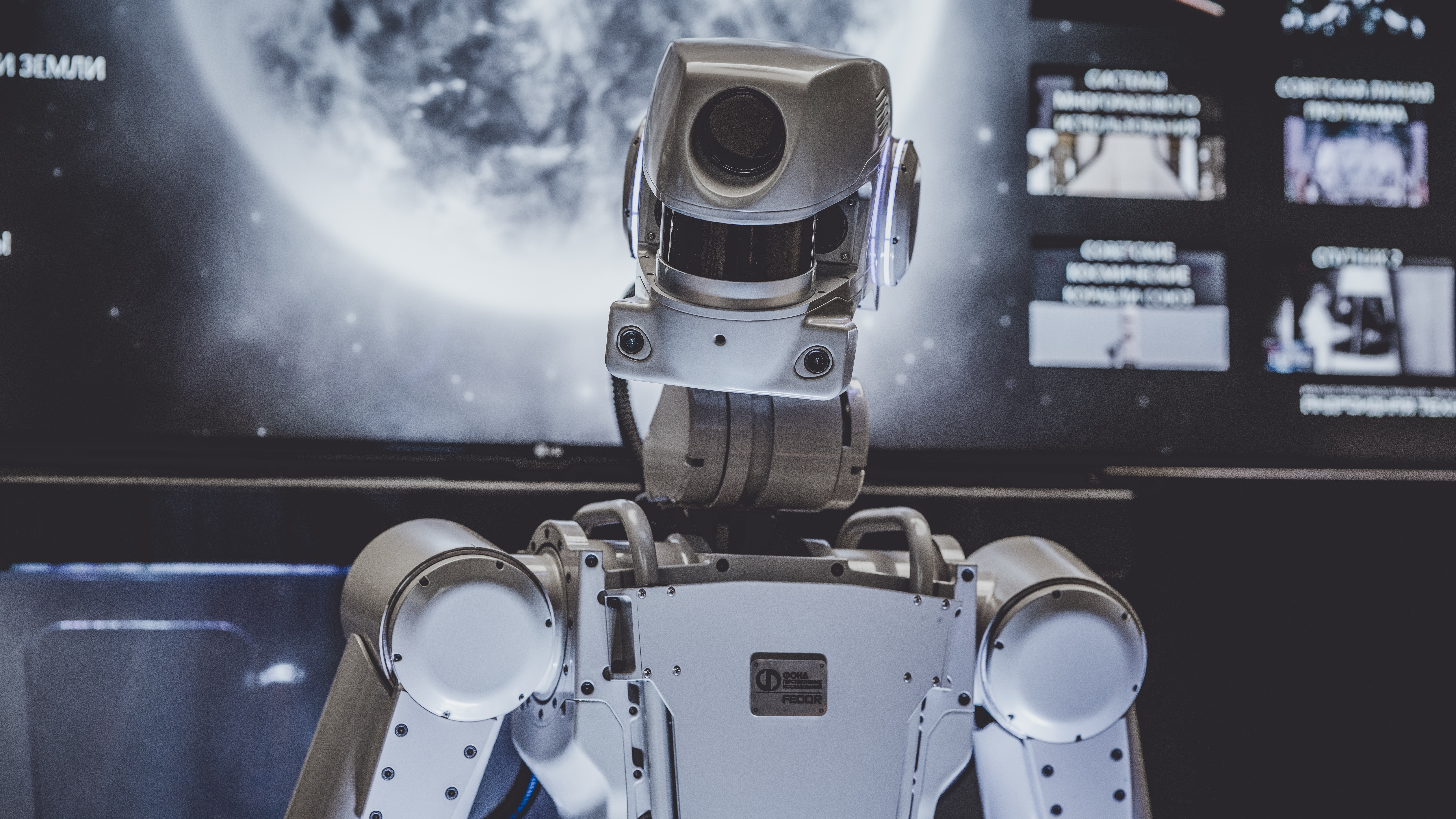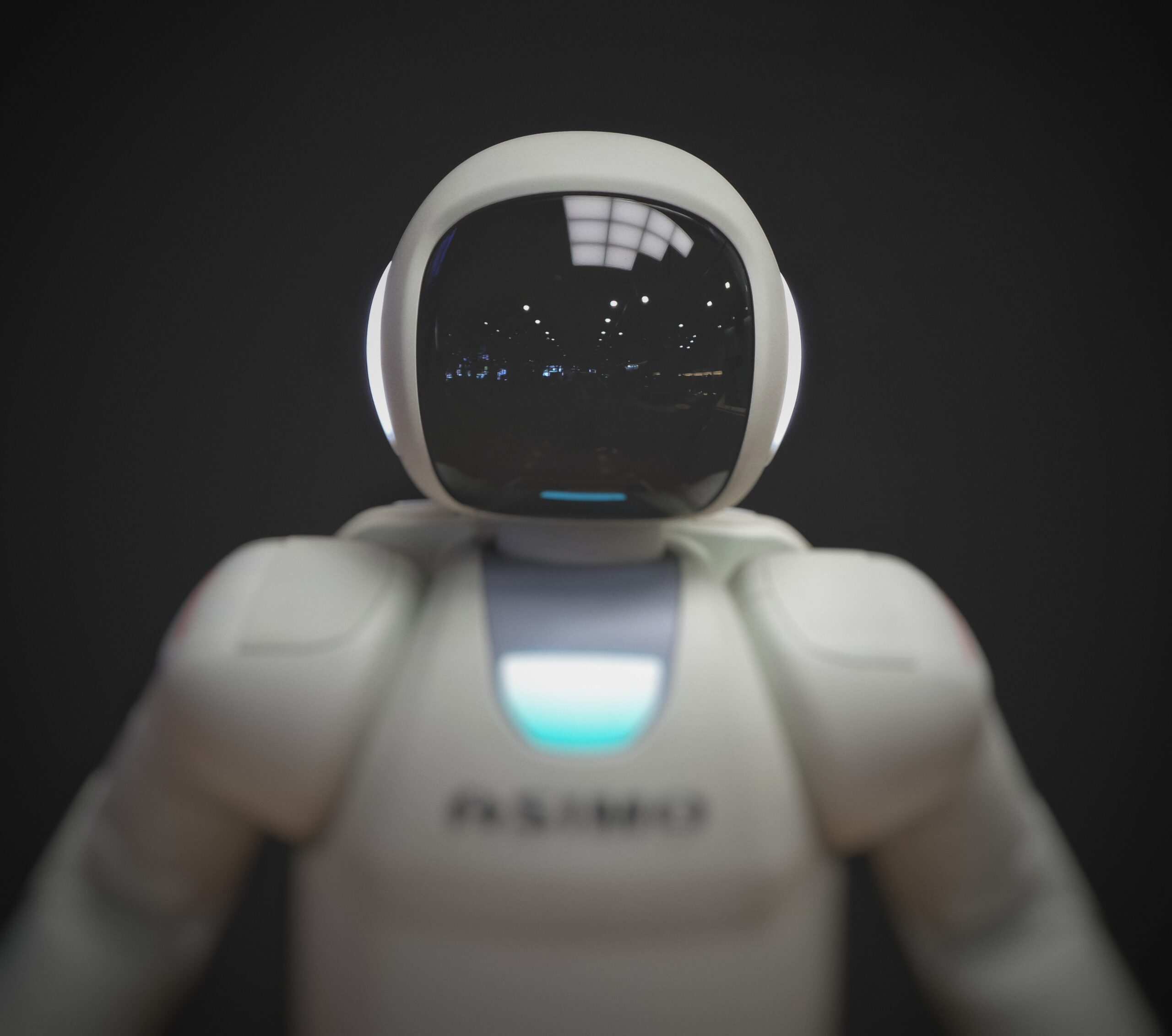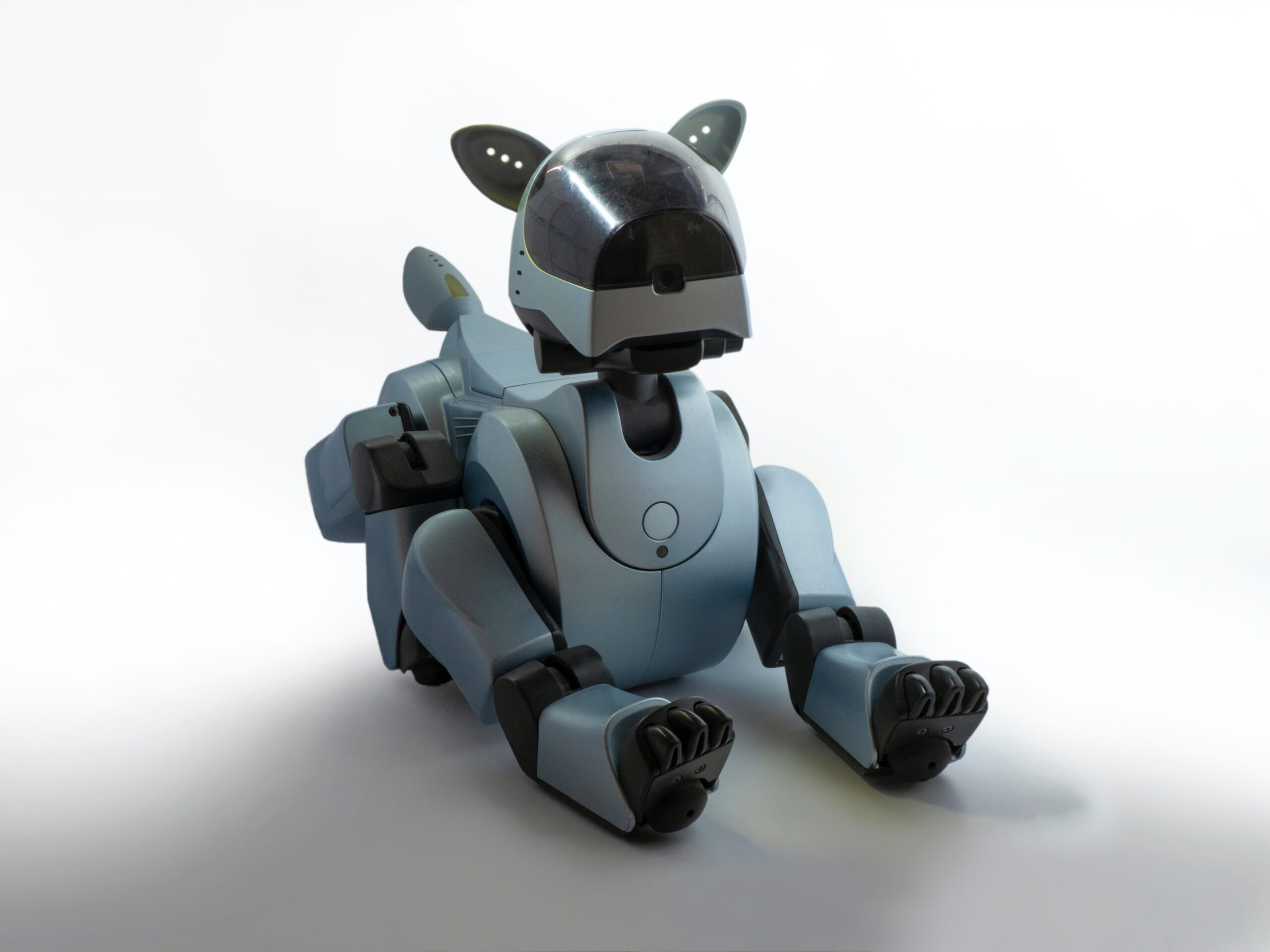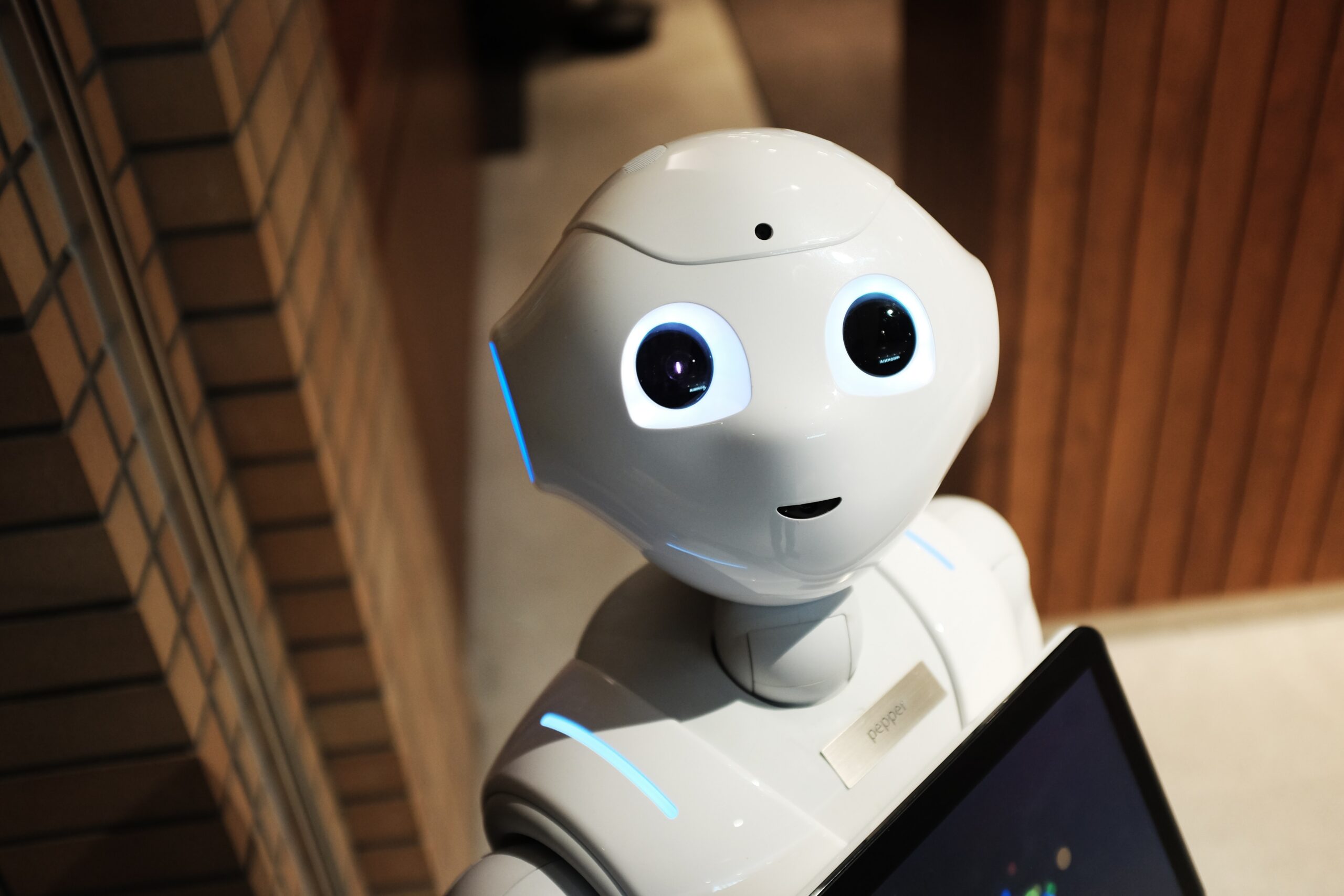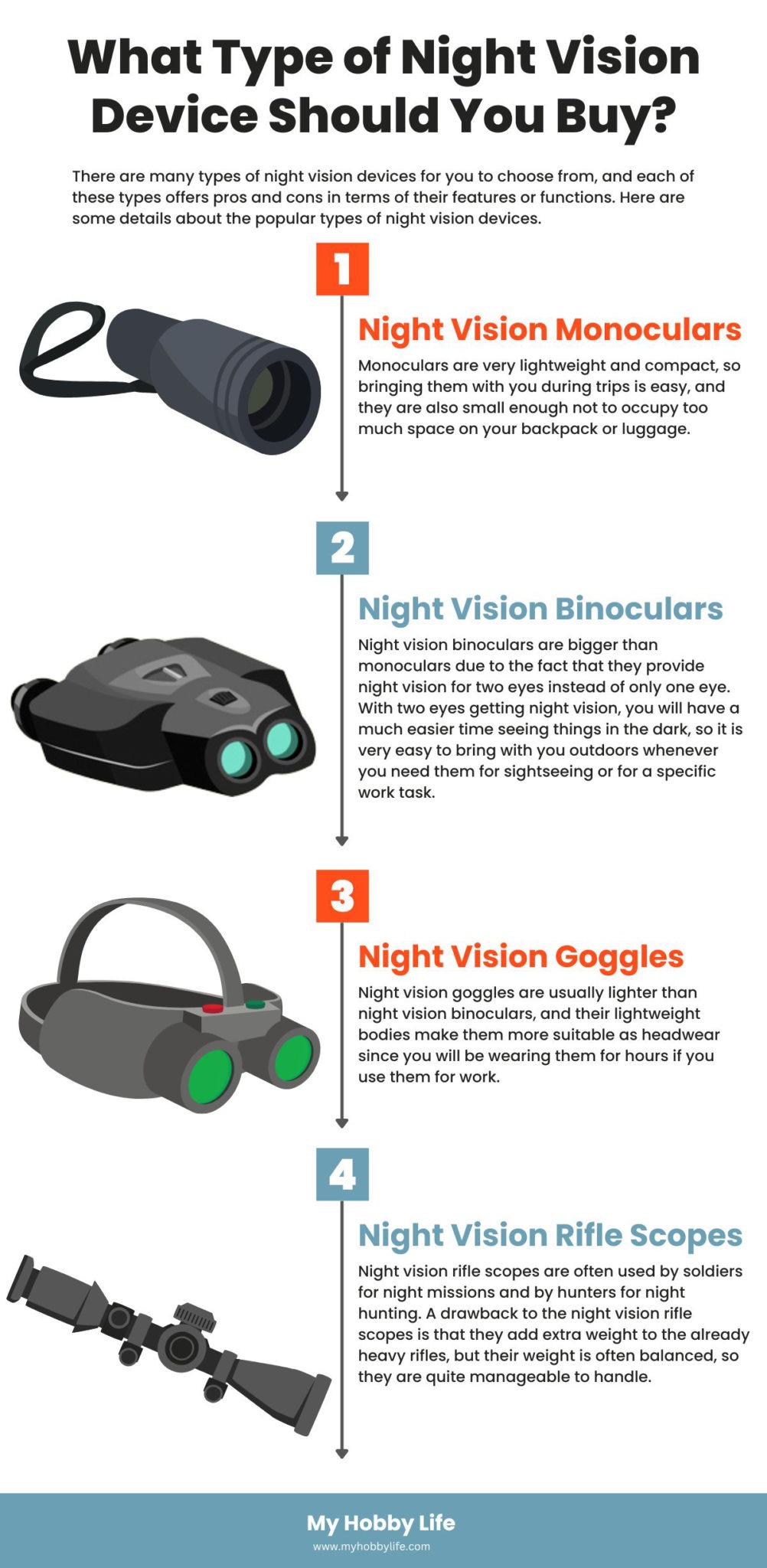I. Introduction
Robots are becoming more popular in recent years, and their popularity is mainly attributed to their versatility when it comes to making processes faster in various industries and varied purposes. Robots are also being used for espionage or spy missions, as they can be smaller in size compared to human spies, and they can also fly if they are shaped or designed to look like drones.
However, robots that cannot see are essentially blind machines that can only follow instructions given to them. The ability of robots to see is a significant part of this development, allowing for more precision and accuracy in smart automated operations. People have been captivated and inspired by the prospect of having an artificially intelligent robot for quite some time. Robots with artificial intelligence, which generally help human workers, businesses, and industries, are significantly boosted by their ability to comprehend their immediate environment. Robotic vision systems for robots have become increasingly crucial as the field of robotics progressed.
Moreover, the employment of night vision technology for spy robots gives robots the ability to see and record footage in the dark. Of course, spy missions are usually more effective and less prone to errors at night, but both spy robots and human spies would need a night vision device so that they would have a much easier time accomplishing their mission. Besides spy robots, other types of robots may also need night vision. For more information, here are the reasons why robots need night vision.
II. Enhanced Perception
The application of night vision technology enables robots to improve their perception in dim lighting or total darkness. With the use of night vision, robots can interact, and observe their surroundings even in poor lighting. There are different night vision technologies that are available to improve robots’ perception, including image intensification, thermal imaging, and near-infrared illumination. Improved perception in surveillance, search and rescue, and military applications is possible with the addition of night vision technology to robots’ sensors and cameras. Robots can benefit from night vision in several ways, including:
Infrared sensors:
Robots can be equipped with infrared sensors that will allow them to detect and evaluate the heat signatures of things in their surroundings. These sensors will give the robot a complete picture of its environment, even in dark or pitch-black settings.
Thermal Cameras:
Using different temperature thermal cameras, robots can see in the dark and find things that give off heat.
Light Amplification Technology:
Robots can increase the amount of light in their surroundings by employing light-amplification technology. This can be accomplished with the use of low-light cameras or by employing image intensification to magnify existing light.
Light Detection and Ranging (LIDAR):
This employs laser to produce a three-dimensional map of its surrounding area. This technique is effective even in dim lighting and gives the robot a rich picture of its environment.
Image Intensification Technology:
Through the process of image intensification, the robot can create a viewable image from a scene that would be too dark for the human eye to perceive on its own. This innovation is commonly found in night vision goggles and can be implemented in robot sensors.
III. Increased safety and efficiency
Robots are becoming increasingly commonplace in the business world which undoubtedly led to better health and safety conditions. Robots now safely work alongside people, thanks to advancements in night vision technology. There are several ways in which robotics can be used to make workplaces safer and more secure for employees. The most important reason for this is that robots can replace humans in dangerous jobs. Robots that are equipped with night vision technology greatly contribute to the advancement of safety and security not only in the industry sector but also in some other situations such as police and military activities and even in home security and some other ways, including the following examples:
1. Robots with night vision can be used in surveillance activities.
Robots with night vision technology can be programmed to monitor places that are prone to criminal activities or security breaches. This night vision technology enables the robot to identify any suspicious behavior in low-light situations. As the need for safety becomes more pressing in today’s unpredictably chaotic environment, the significance of surveillance robots is growing. Furthermore, because of advancements in technology, researchers are now able to construct robots that are more capable of withstanding dangerous conditions, thus saving several people’s lives.
2. Safe and Efficient Rescue Operation with the Help of Robots with Night Vision Technology
With the use of robots with night vision technology, rescue operations can be done safely and efficiently. Robots equipped with night vision technology are also helpful in monitoring hazardous industrial situations. Rescuers and policemen use this technology in conducting rescue activities in areas with low visibility or extreme dangerous factors. Robots with night vision technology also improve industrial safety. These robots can identify possible risks, spills, or other potentially hazardous conditions before they pose a risk to human employees.
3. Border Patrol is made easy and safe with robots with night vision technology.
Robots with night vision equipment have the potential to be utilized for the monitoring and patrolling of international borders and other critical areas. This will help in the identification of suspicious criminal activities such as smuggling and unlawful border crossings.
4. Effectively used in military operations.
Robots equipped with night vision technology may be employed in military operations to carry out surveillance and reconnaissance in low-light settings, giving the military an edge in tactical scenarios. This is possible because of the robots’ ability to see and move in the dark. In general, robots that are equipped with night vision technology can provide better surveillance and situational awareness.
IV. Enhanced Navigation
Robots with night vision technology can navigate their environment, they can map out the workspace, locate hazards, recognize humans, and set up perimeters for their safe operation because of their object classification algorithms. These robots could likewise navigate with minimal human intervention. The robot may be able to avoid obstacles on the work site, including pallets, packaging, and other things, as well as human workers. The same visual processing method is used by the robot to calculate the safe distance it must keep from obstacles and workers, preventing any potential accidents. Robot designers have developed mobile robots that are independent with the ability to navigate dynamic, changing situations by incorporating night vision into their designs. In general, robots equipped with night vision technology have the potential to significantly improve navigation in low-light environments by enhancing visibility, safety, efficiency, and mapping capabilities.
Types of Night Vision Devices
There is a wide variety of night vision equipment that is used for different purposes. There are some that are designed specifically for tactical operations, while others are ideal for everyday use, and still others can be used for special and risky conditions. The following are the primary types of night vision equipment:
1. Scopes or telescopes
Telescopic sights, which are commonly known as scopes, comprise a single eyepiece. Most people attach them to guns, particularly rifles, so that they can utilize them more effectively. Snipers, hunters, and soldiers all make use of scopes in their respective activities. Scopes come in a variety of kinds that correspond to the generations of night vision. Snipers can execute a successful search on prime shooting targets because of the capabilities of quality night vision scopes. Scopes are extremely important tools in military operations and hunting activities, especially at night or in low-light situations.
2. Goggles
Goggles and safety glasses are both common names for the protective eyewear that is worn in settings such as science labs and woodworking workshops to protect the eyes from potential hazards such as water, chemicals, and other substances. However, when you refer to goggles as night vision devices, they are understood to be a pair of a single component that is most employed as night vision devices that are placed on helmets. Goggles are an indispensable piece of equipment for anyone who works in the military or observes animals at night. To put it more simply, googles are used for the purpose of conducting covert operations or nighttime surveillance.
3. Camera
In most cases, pictures are either captured or recorded with the use of cameras. However, cameras are an essential component of both security and surveillance, specifically night vision cameras, which played a significant role in the development of the security industry. Night vision cameras, much like other types of night vision equipment, make use of infrared light to see in the dark. Cameras that are used for surveillance or night vision should have a large field of view.
4. Spectacles with Night Vision
Sunglasses are something that everyone is familiar with. People mostly associate tinted sunglasses with night vision. However, yellow is the most common color of night vision glasses. This is because yellow is mostly responsible for the distortion of other colors; at night or in dark places, the intensity of all colors gradually decreases, which makes yellow more effective when used in dim light. Additionally, night vision glasses are designed specifically for driving, and the yellow tint helps shield the eyes from the glare of light.
5. Monocular and binocular night vision
Monocular night vision refers to a gadget that can only be worn on one eye to aid visibility in low-light situations. There are many different designs of night vision monocular, and some of the most important distinctions among them include how they are mounted and whether they have magnification capabilities. On the other hand, binocular night vision devices are optical equipment that is meant to increase visibility in environments with low levels of light or in total darkness. They employ image intensifier tubes to magnify the existing light and generate an image that is perceptible to the human eye. These tools have a wide range of potential uses, including those in the military and law enforcement, as well as surveillance, the monitoring of animals, and other operations that take place outside. The performance of night vision monocular and binoculars can vary greatly depending on several factors, including the quality of the image intensifier tubes, the size of the objective lenses, and the amount of light that is present in the environment.
V. Conclusion
Robots that need to function in low light or total darkness must have night vision as a core capability. The addition of night vision to robots has different advantages. The technology has improved situational awareness; robots equipped with night vision can move about and perform tasks in dim lighting or total darkness, which enables them to recognize potential dangers, such as intruders or obstructions, and react to them instantly. With the use of night vision technology in robot surveillance, security may be strengthened. Robots can be employed to do around-the-clock surveillance, which will foster 24-hour security. This is especially helpful in critical places, international borders, factories, and warehouses, where theft and break-ins usually happen and other unlawful activities are common.
Moreover, robots equipped with night vision can improve search-and-rescue operations by allowing them to see in low- or no-light settings. Military personnel, police officers, rescuers, and others can efficiently and safely carry out their jobs without jeopardizing their own safety. Robots equipped with night vision can perform in a wider variety of settings and scenarios. By exploiting night vision, robots can complete jobs in unsafe conditions that would be too risky for human operators. This makes processes safer for human workers and increases productivity. Incorporating night vision into robots can boost their overall performance and open new potential uses for them across many different fields and settings.

